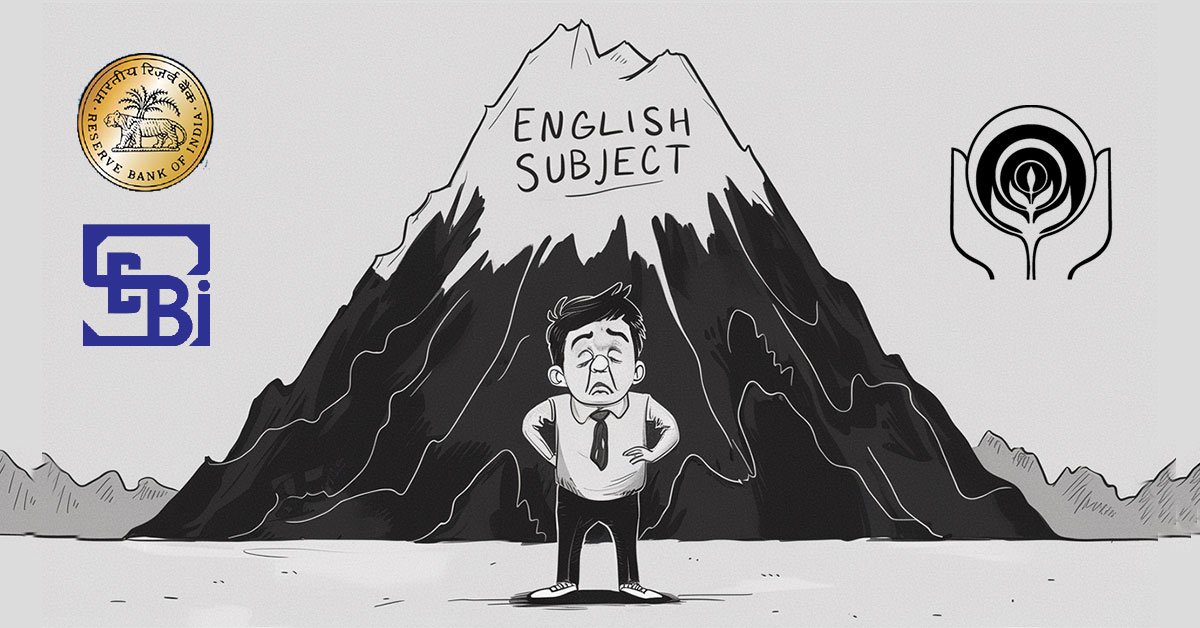Background
Following the Pahalgam terror attack, India has decided to hold the Indus Waters Treaty (IWT) and other bilateral agreements, including the Simla Agreement, “in abeyance.” Pakistan has reciprocated similarly.
Simla Agreement: Origins, Context, Provisions, and Significance
Origins and Context
- Post-1971 War Dynamics:
- The Simla Agreement was born out of the aftermath of the 1971 Indo-Pakistani War, which led to the creation of Bangladesh. India’s decisive military role dramatically reshaped South Asia’s political landscape.
- Key Negotiators:
- Indian Prime Minister Indira Gandhi and Pakistani President Zulfikar Ali Bhutto were the principal architects of the agreement, aiming to stabilise relations after hostilities.
Objectives of the Simla Agreement
- Bilateral Resolution of Kashmir:
- India sought to ensure that the Kashmir dispute would be addressed bilaterally, preventing its internationalisation.
- Normalisation of Relations:
- India aimed to establish a foundation for peaceful coexistence based on the new regional realities.
- Avoiding Pakistan’s Humiliation:
- To maintain regional stability, India refrained from converting the ceasefire line into a permanent boundary, offering Pakistan space to recover diplomatically.
Key Provisions of the Simla Agreement
- Commitment to Bilateralism:
- Both nations agreed that future disputes would be resolved bilaterally and peacefully without recourse to external intervention.
- Recognition of the Line of Control (LoC):
- The LoC, reflecting the ceasefire positions post-1971 war, was to be respected by both sides without altering its status, pending a final settlement.
- Troop Withdrawals:
- Forces were to return to their respective sides of the international boundary, aiming to de-escalate military tensions.
- Framework for Future Diplomacy:
- Provisions were made for continued diplomatic engagement, including future meetings between leaders and negotiations on unresolved humanitarian issues, like repatriation of prisoners of war.
Significance of the Simla Agreement
- Geopolitical Relevance:
- Even today, the Simla Agreement forms a reference point in South Asian diplomacy, especially concerning the Kashmir dispute.
- Legal and Diplomatic Framework:
- It established a precedent for bilateralism in India-Pakistan relations, discouraging third-party interventions — a principle respected in global diplomatic circles.
Criticism and Limitations
- Unfulfilled Potential:
- Despite noble intentions, deep-rooted mistrust and repeated ceasefire violations have hindered the achievement of lasting peace.
- Impact of Nuclearisation:
- The nuclear tests conducted by both countries in 1998 shifted strategic priorities, with nuclear deterrence overshadowing the spirit of Simla.
- Long-Term Shortcomings:
- The agreement failed to catalyse a durable peace process, as subsequent conflicts (such as Kargil in 1999) and continued hostilities illustrate.
- International Perspective:
- While the global community endorses Simla’s principle of bilateralism, the persistent volatility in Indo-Pak relations highlights its limited success in practice.
Simla Agreement Status
- Indus Waters Treaty (IWT) Status:
- India formally notified Pakistan of suspending the IWT, which governs the sharing of Indus River waters. Although IWT states it cannot be unilaterally altered (Article XII), India invoked the clause for modification citing “fundamental changes” like altered demographics, clean energy needs, and Pakistan’s bad faith actions.
- International Law Aspects:
- The Vienna Convention on the Law of Treaties (VCLT) allows “termination” or “suspension” based on a “fundamental change of circumstances” (Article 62). However, past ICJ rulings (e.g., Nicaragua v USA, Gabcikovo-Nagymaros Project) set a high threshold for this, meaning India’s terrorism argument may be weaker under strict legal standards.
- Nature of Simla Agreement:
- Signed post-1971 war, it outlined peaceful conduct of bilateral ties and recognized the LoC. It contained “best endeavour” obligations without legally binding enforcement mechanisms.
- Practical Reality:
- Pakistan has long violated the Simla framework through ceasefire violations, Kargil incursions, and support for non-state actors. The suspension largely formalizes an existing breakdown in Simla obligations.
- Consequences of Suspension:
- Pakistan’s move to hold the Simla Agreement in abeyance signals non-recognition of the LoC, potentially escalating future border tensions. However, since the agreement lacks dispute resolution provisions, legal recourse is limited.
- Immediate Impact:
- India currently lacks infrastructure to significantly reduce Indus water flow immediately. Pakistan may invoke the IWT’s dispute resolution mechanism if it chooses. However, in international law, enforcement depends on nations’ consent.
Legal and Strategic Analysis
- India’s Legal Standing:
- Experts argue India’s actions are lawful under international law principles emphasizing sovereign consent and bad faith withdrawal of treaty obligations.
- Diplomatic Fallout:
- Suspension of treaties may lead to heightened diplomatic tensions but also signals India’s shift towards leveraging legal frameworks to counter terrorism-backed provocations.
The suspension of IWT and Simla Agreement reflects growing hostility in India-Pakistan ties post-Pahalgam attack. While immediate impacts on water sharing and LoC management may be limited, it marks a significant recalibration of India’s strategic and legal approach toward Pakistan.















